Latest episode of Horses Explained sheds light on how the horse’s senses influence behaviour
Dr Andrew Hemmings, a specialist in equine behavioural neuroscience, explained how important the sense of touch is to horses.
Posted on 14/07/2025
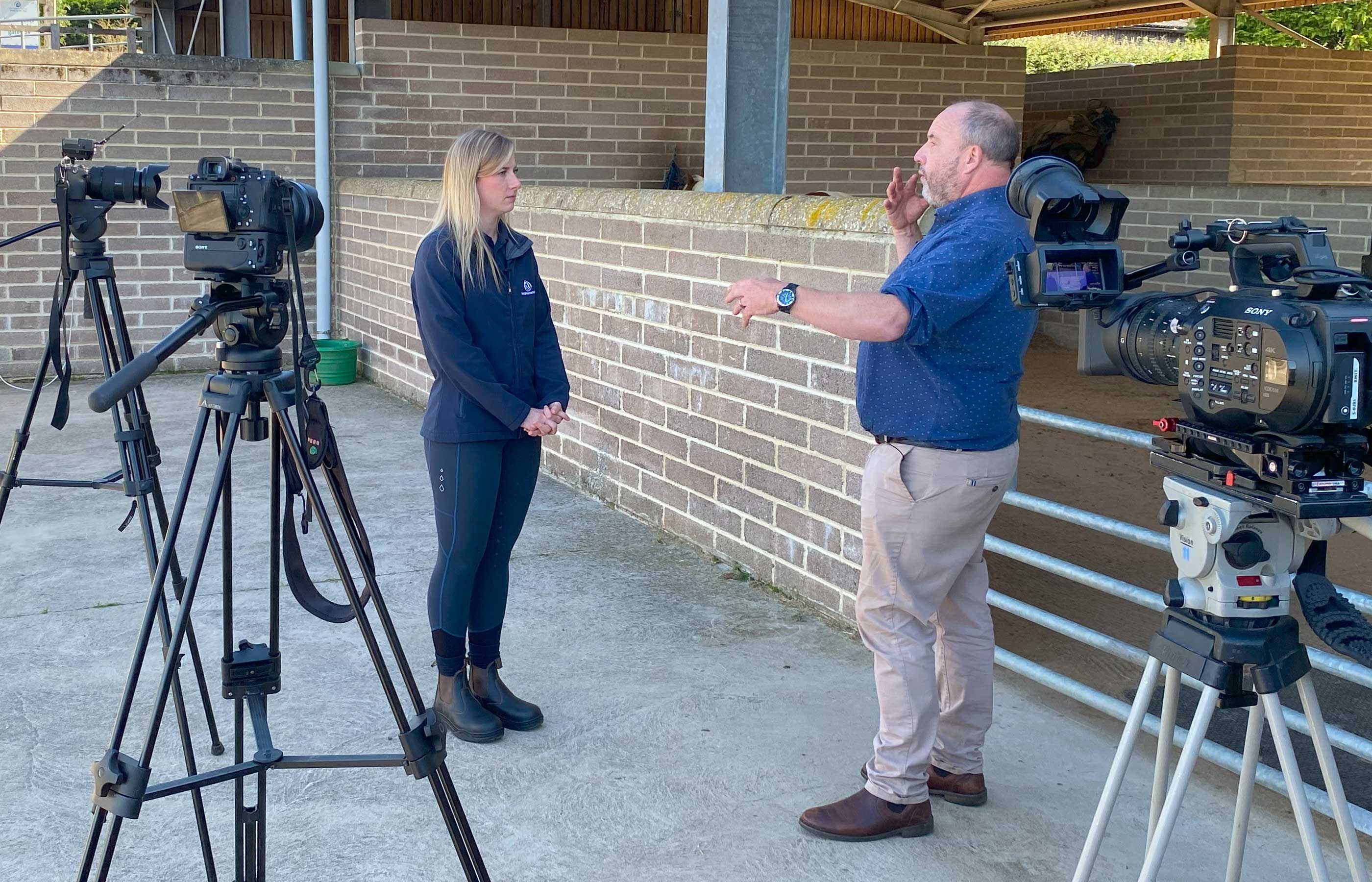
Our free-to-view educational ‘Horses Explained’ films returned on Friday, 11th July with Dr Andrew Hemmings, a specialist in equine behavioural neuroscience, sharing fascinating insights into how the horse’s senses influence their behaviour, and how owners can use touch to build a stronger bond with their horses.
As well as explaining how different a horse’s sight is when compared to humans – horses have excellent vision in low light and their eyes have evolved to the side of their head over millions of years as a prey animal living in wide open spaces – Dr Hemmings shared that the sense often neglected by horse-owners is cutaneous sensation, or the sense of touch. Elaborating on the importance of touch, Dr Hemmings said:
“Cutaneous sensation is so important to the sensory environment of the horse. Horses communicate with one another via touch. It’s also one of the main ways that humans connect with the horses they own and are responsible for.”
Dr Hemmings explained how research carried out at Aberystwyth University had shown the benefits of humans utilising touch when interacting with their horses:
“Massage of the areas such as the withers and the croup (those are the two main areas used in mutual grooming) was exceptionally good at bringing about relaxation. We found significantly lowered heart rates when we massaged the areas of mutual grooming. It’s a wonderful way of bonding socially and relaxing the horse. If that was one of my primary take-home messages today that would be it: don’t underestimate the power of grooming from a social bonding perspective.”
When quizzed as to why it’s so important for day-to-day management that owners can understand their horses’ senses, Dr Hemmings responded:
“We again go back to the sense of touch and [the approach of] ‘let’s just go in and give my horse a quick flick with a dandy brush before I ride’. Instead of doing that, let’s set aside half an hour with a dandy brush or a curry comb and really get those areas on the withers and the croup stimulated. That’s going to make for a much more relaxed horse that you get on and take out for a hack, or pop in the trailer and go and do a competition. From a management perspective, do not underestimate touch and do not underestimate the visual environment of the horse.”
Presenter Nicole O’Malley added:
“I couldn’t agree more about the importance of grooming. For us, in terms of handling our feral horses, our youngsters, our companions, that grooming time is so precious, because it’s an opportunity to just really zone in with that animal and feel like you’re really working together and understanding each other.”
The remaining episodes in the second series cover topics from the brain to the hooves and everything in between, with the second episode – focused on the digestive system – airing on Friday, 18th July. The upcoming episodes in Series 2 are:
- 18th July: Digestive System – with vet and dental specialist Stuart Altoft and Dr Simon Daniels from the RAU
- 25th July: The Brain – with neuroscientist and equine behaviourist Dr Emma Lethbridge
- 1st August: Bones & Muscle – with equine anatomist Gillian Higgins
- 8th August: Heart & Lungs – with equine vet and endurance specialist Sarah Coombs
- 15th August: Hormones – with vet and endocrine specialist Andy Durham
- 22nd August: Reproductive System – with equine vet and reproduction specialist James Crabtree
- 29th August: Hooves – with farrier Jay Tovey
- 5th September: Whole Horse – with vet and equine behaviour specialist Gemma Pearson
All the ‘Horses Explained’ videos released to date can be found on our Education YouTube channel or on our Horses Explained page.
Topics
Related News
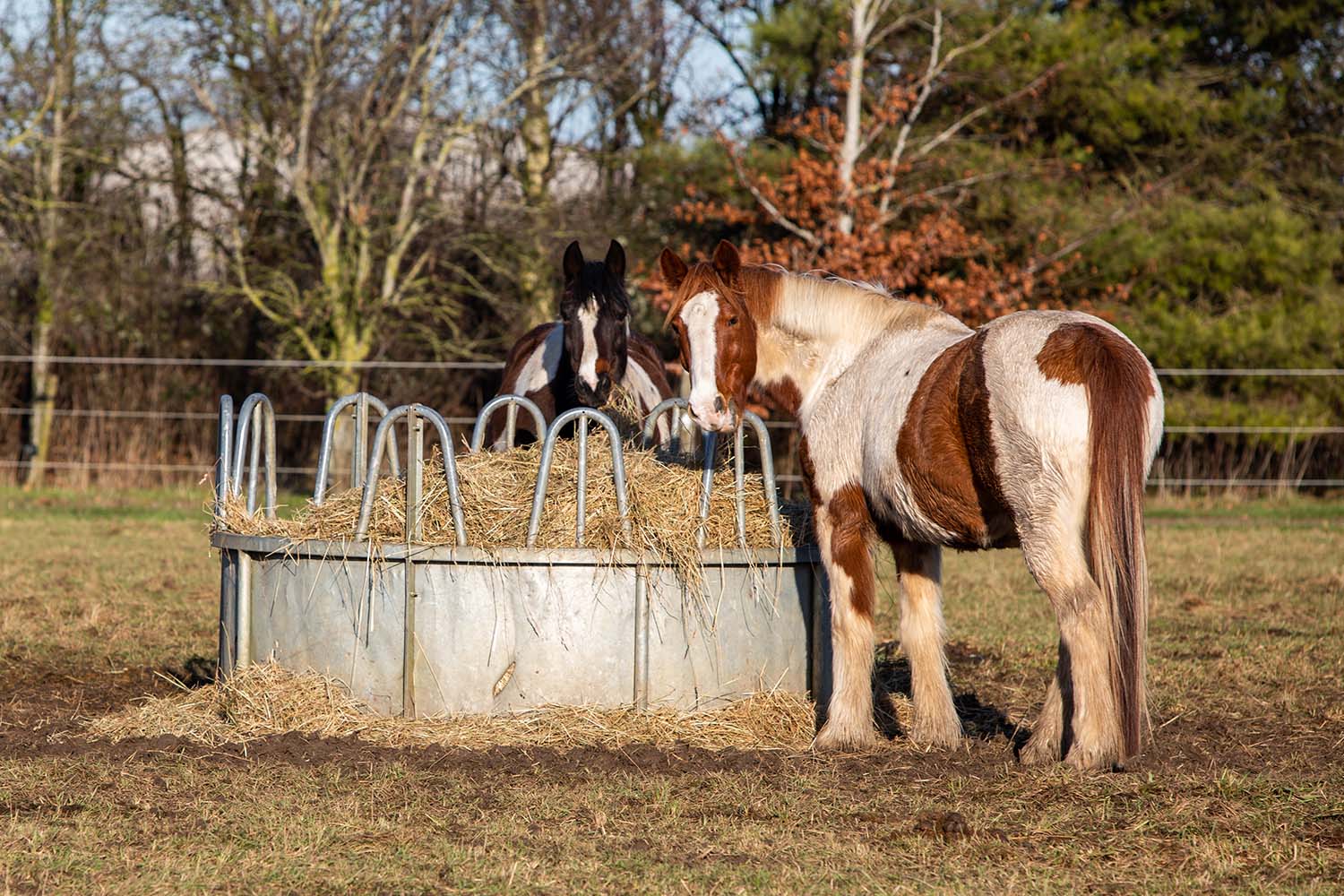
Webinar: Promoting positive equine wellbeing and behaviour through diet
The effect of food and diet on behaviour and well-being of our horses will be explored in the next webinar
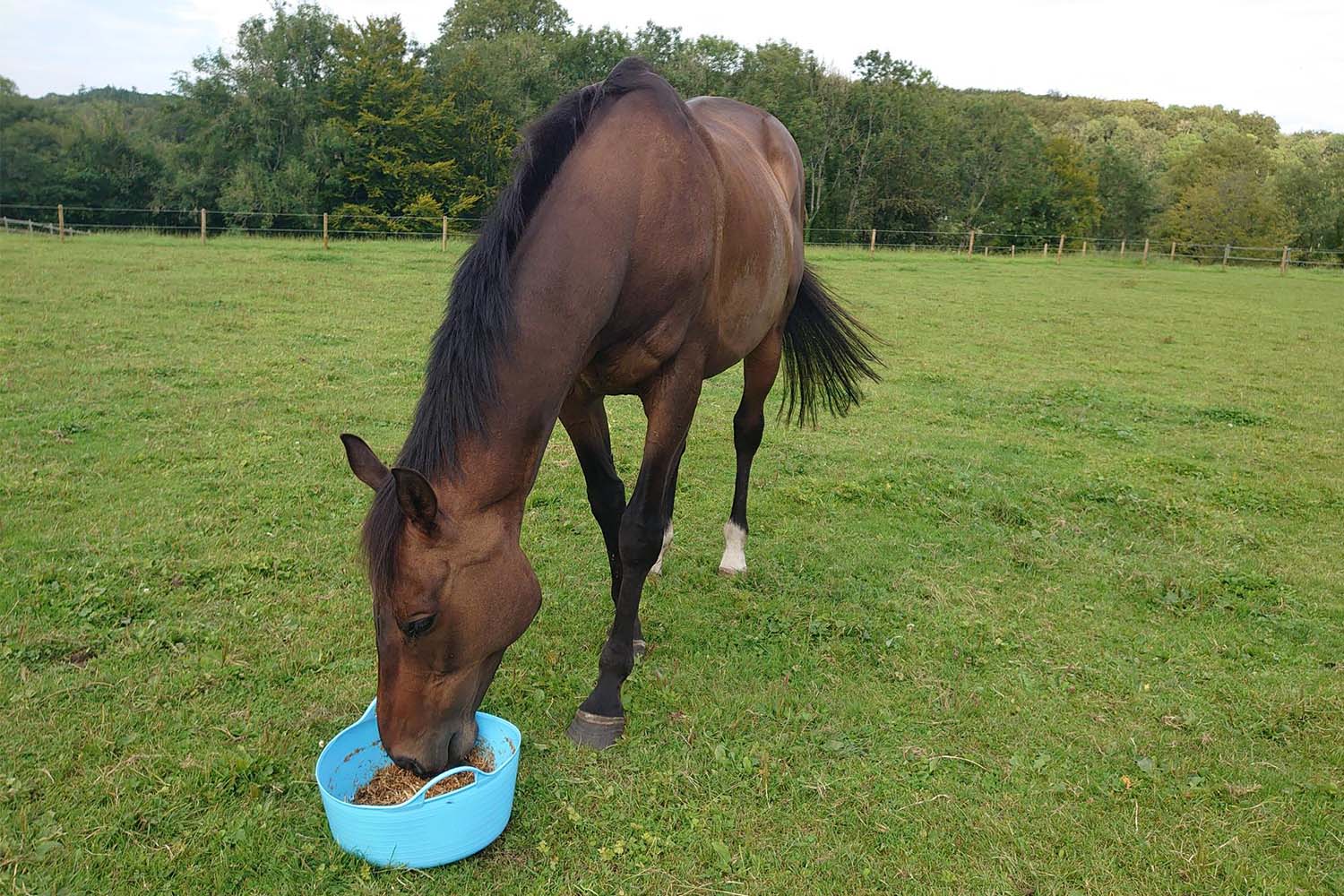
Webinar: Dispelling Common Nutrition Myths
Welfare Wednesday Webinar: Dispelling 'nutribaloney' equine nutrition myths
Recommended Blog Posts
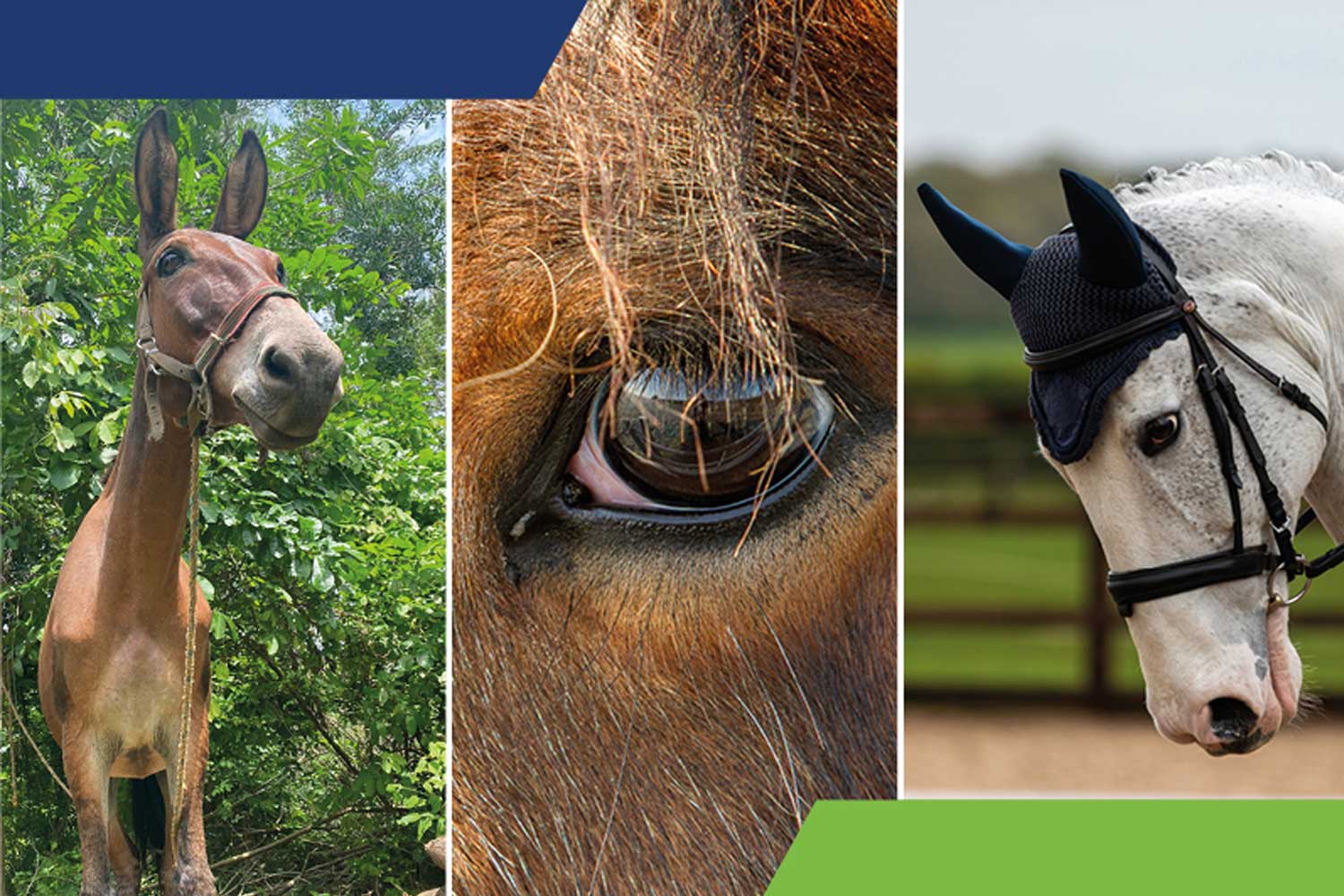
Empathy, education, and evidence: the take-home messages from our 25th annual conference
Find out how an international line up of speakers explored “When does use become abuse?”.

What is a dummy rider and how do we use them on our farms?
We catch up with Caroline Heard, Assistant Manager at Belwade Farm, to find out all about them.
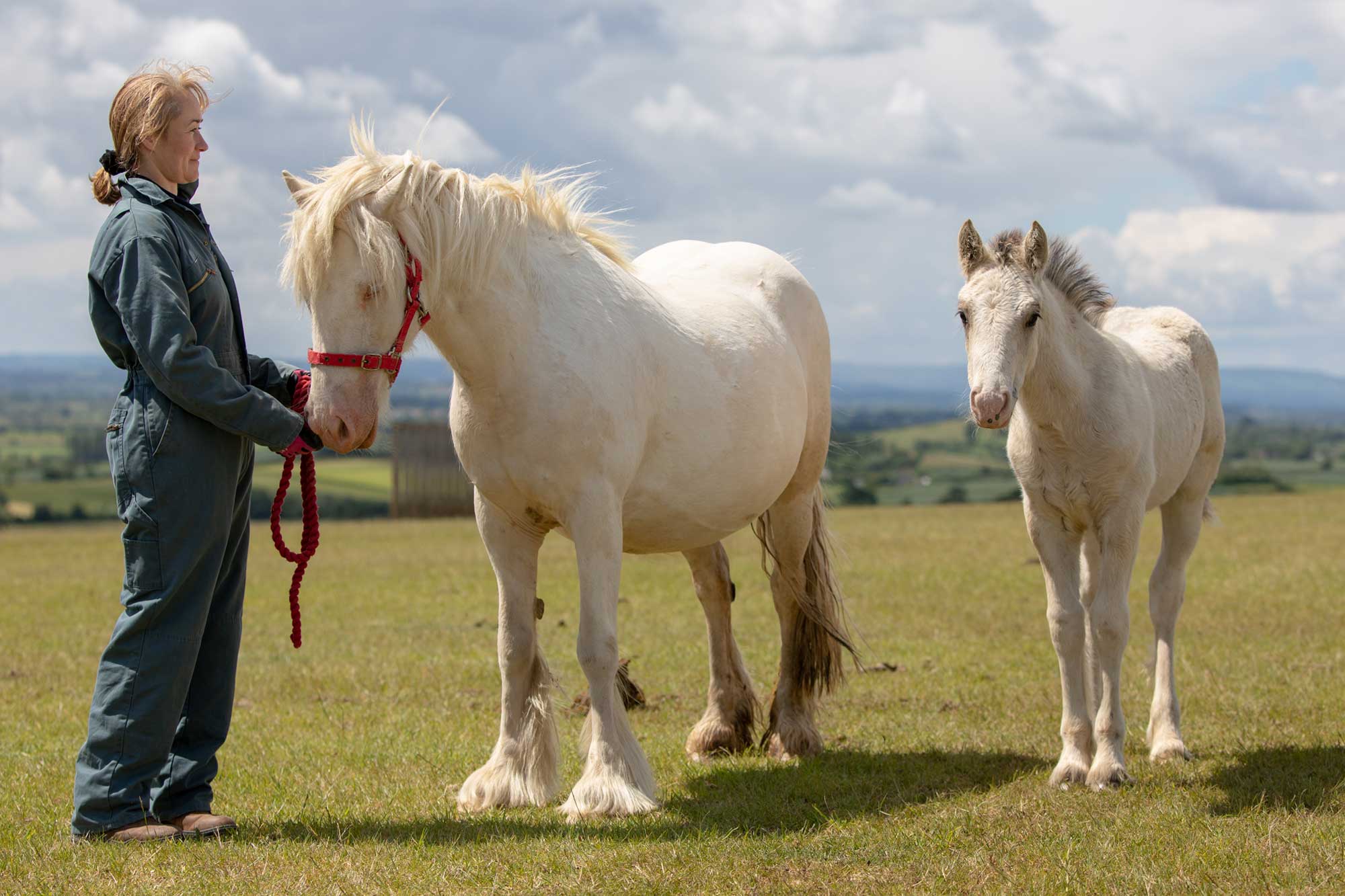
What does biosecurity mean and how do you quarantine a new horse?
Research and Education Officer Alana Chapman shares simple steps you can take to prevent an outbreak of disease on your yard.
Enjoy reading stories like this?
Join over 65,000 other horse lovers and sign up for our email newsletter
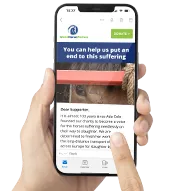
Join over 65,000 other horse lovers and sign up for our email newsletter
Sign me up now